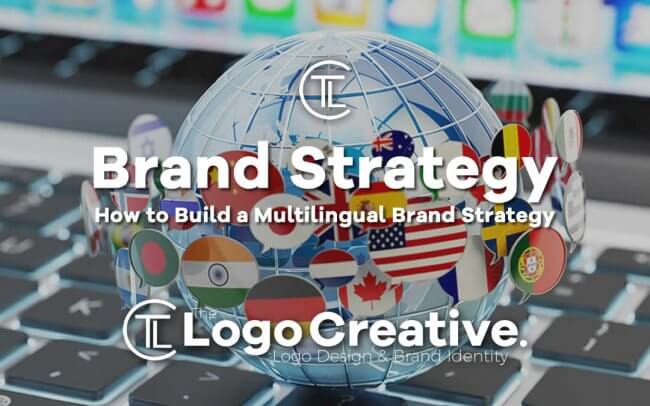Are you looking to expand your brand into another market? The most important part of capturing an audience in any language is, of course, your brand strategy. In this article, we take a look at How to Build a Multilingual Brand Strategy.
You can’t sell your product if something about your brand doesn’t connect with audiences in the regions that you plan to target.
Or worse, offend them. As such, below we look at how to create a multilingual brand strategy and use translation to connect effectively with consumers in any part of the world.
Brand Strategy and Localization
Localization is part of a translation process that takes into account local slang, which could be offensive in other cultures and other cultural discrepancies and quirks.
It can be fun to get a good laugh from companies that failed to take localization into account when going global with their brands, but there are also lessons to be learned from them.
A few famous examples, listed in Inc., include:
- Gerber sold some baby food in Africa with its quintessentially cute baby logo. However, in parts of Africa, it’s common to list pictures on the label of what’s inside for consumers who can’t read.
- Colgate released a toothpaste in France called “Cue,” not realizing that it’s also the name of a French pornography magazine.
- Puffs used its usual brand name when trying to sell its tissues in Germany, only to discover that “puff” means “brothel” in German slang.
- Vicks sold cough drops under its usual brand name in Germany, but the v in German has an f sound, making “vicks” mean “sexual intercourse” in German slang.
While amusing, each of these examples has something to teach about the importance of localization. The Gerber example shows how important localization is for everything, including your brand’s logo and any images that you plan to use.
Colgate shows how important it is to find someone to do your localization who is very familiar with the native culture. Who else could connect a toothpaste and a local magazine?
The Puffs example is a solid case that shows how good localization could help pick up on slang in other languages. And the Vicks example shows how a strong localization team could have helped a company understand both slang and how different pronunciations tie into it.
These examples highlight how important it is to find a good translation team that understands the nuances of localization.
To make sure your brand transfers well into multiple cultures, you may have to be willing to change everything, from your logo to the brand name itself.
How to Get a Good Translation with a Top Pro
In order to avoid snafus like those listed above, you’ll need to find the best translator or translation company for your product and industry.
Have a document in another language? use document translation to help translate the text.
You might think all translators are the same across all industries. Maybe you think you can turn in a piece that needs to be translated to any professional, and it will come back perfect.
However, translators often specialize in particular subjects, meaning you’ll need to find the right translator with the right background for your project. Some questions you should ask a potential translator for your project include:
- What is their experience with marketing translation services? In order to globalize your brand, you’ll want someone with a strong background in marketing translation.
- What is their experience in your specific industry? For instance, if you sell health products, ideally your translator should have a background in the health sector. A translator with a background in your industry will mean they are familiar with translating specific industry terms.
- What is their previous work like? You should ask for samples of previous translation projects to see how they were able to transfer a brand into another market. They should be able to explain their reasoning and the process they went through to do it. You might also get references and testimonials from the translator or agency’s past clients.
By asking these simple questions, you can get a good idea of the translator’s background and how that fits into your project.
A Look at Internationalization
Another key concept to look at is internationalization. Investopedia defines this as, “the designing of a product in such a way that it will meet the needs of users in many countries or can be easily adapted to do so.”
As an example, internationalization can mean designing a website so that its layout still looks great and its images are still culturally appropriate, even when it has undergone translation into another language.
Basically, any preparation you make so your product works across multiple regions falls into the realm of internationalization.
What this concept means for your global brand strategy is that you should seek out a translator or translation agency that is well versed in internationalization.
Ask them what advice they can give to help a product or service appeal to multiple markets at the same time.
The right translation team will be skilled at taking products to market in a way that encompasses all levels of design, so be sure to build this into your strategy to maximize the success of your multilingual venture from the outset.

